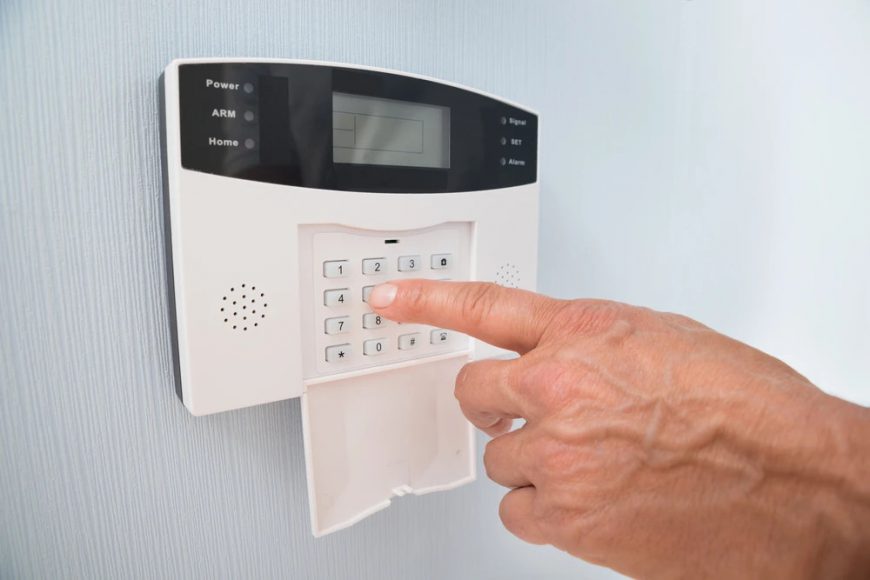About FTL Secure Solutions
Who They Are
FTL Secure Solutions is a premier provider of comprehensive security solutions designed to protect businesses, organizations, and individuals from a wide range of threats. With a strong focus on innovation, reliability, and customer satisfaction, FTL Secure Solutions has established itself as a trusted name in the security industry. Their team of experienced professionals brings expertise in various aspects of security technology and services, ensuring that clients receive tailored solutions to meet their specific needs.
What They Do
FTL Secure Solutions offers a diverse portfolio of security products and services, each designed to enhance safety and security across different environments. Their offerings include:
1. Intruder Alarm Systems
- Advanced Alarm Systems: FTL Secure Solutions provides state-of-the-art intruder alarm systems that detect unauthorized access and alert relevant authorities. These systems are customizable to fit the specific security requirements of any premises.
- 24/7 Monitoring: Their alarm systems are supported by 24/7 monitoring services, ensuring immediate response to any security breach, enhancing the safety of the protected premises.
2. CCTV Surveillance
- High-Definition Cameras: They offer a wide range of CCTV cameras, including high-definition and IP cameras, designed to provide clear and detailed surveillance footage.
- Remote Access: Their CCTV solutions include remote access capabilities, allowing clients to monitor their premises in real-time from any location using a smartphone or computer.
- Integrated Systems: FTL Secure Solutions integrates CCTV systems with other security measures for a comprehensive approach to surveillance and monitoring.
3. Access Control Systems
- Electronic Access Control: The company provides electronic access control systems that regulate entry to buildings and sensitive areas, using technologies such as keycards, biometric scanners, and mobile credentials.
- Visitor Management: Their solutions also include visitor management systems that streamline the process of registering and managing visitors, enhancing security and efficiency.
4. Fire Detection and Safety Systems
- Fire Alarm Systems: FTL Secure Solutions offers advanced fire alarm systems that detect smoke, heat, and fire, providing early warnings to prevent damage and ensure safety.
- Fire Suppression Systems: They also provide fire suppression systems that can automatically extinguish fires, protecting property and lives.
5. Environmental Monitoring
- Comprehensive Monitoring: Their environmental monitoring solutions ensure that critical conditions such as temperature, humidity, and air quality are continuously monitored to prevent damage to sensitive equipment and environments.
- Real-Time Alerts: These systems provide real-time alerts and notifications, allowing for immediate response to any environmental anomalies.
6. Integrated Security Solutions
- Holistic Approach: FTL Secure Solutions excels in integrating various security systems into a cohesive and comprehensive security strategy. This approach ensures that all aspects of security are covered and work seamlessly together.
- Customized Solutions: They work closely with clients to design and implement security systems tailored to their specific needs, ensuring maximum protection and efficiency.
7. Consulting and Support Services
- Security Audits and Assessments: FTL Secure Solutions offers thorough security audits and assessments to identify vulnerabilities and recommend improvements.
- Installation and Maintenance: Their team provides professional installation services and ongoing maintenance to ensure that all security systems function optimally.
- Training Programs: They offer training programs to help clients and their staff understand and effectively use the security systems in place.
Commitment to Quality and Innovation
FTL Secure Solutions is dedicated to delivering the highest quality in all their products and services. They continuously invest in research and development to stay ahead of emerging security threats and technologies. This commitment to innovation ensures that their clients benefit from the most advanced and reliable security solutions available.
Conclusion
FTL Secure Solutions stands out as a leader in the security industry, offering a wide range of products and services designed to meet the unique needs of their clients. From advanced intruder alarms and CCTV systems to comprehensive access control and fire safety solutions, FTL Secure Solutions provides the expertise and technology necessary to protect people, property, and assets effectively.
Ready to enhance your security? Contact FTL Secure Solutions today to learn more about how their comprehensive security solutions can safeguard your business or organization.
Get Started Now and experience the peace of mind that comes with FTL Secure Solutions’ top-tier security services!










